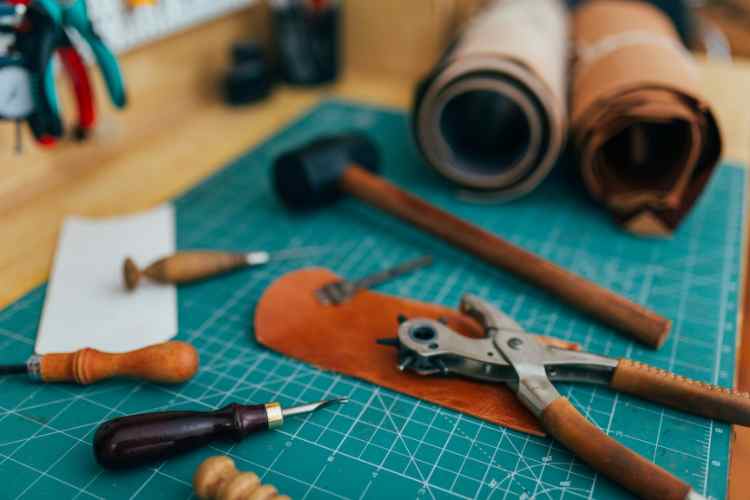If you are a machinist or an aspiring one, chances are you already know that machining is a complex and demanding craft. It requires knowledge, skill, precision, and most importantly, the right tools to do the job effectively. With the increasing use of technology in manufacturing, having the right tools has become more crucial than ever.
In this guide, we will take a look at some of the must-have tools for effective machining, from basic hand tools to advanced computer-aided machinery.
Understanding the Basics of Machining
Before we dive into the tools, it is important to understand what machining is. Simply put, machining is a process of shaping and cutting materials such as metal, plastic, or wood to create various parts and components used in different industries.
Machinists use various techniques such as milling, turning, drilling, and grinding to achieve precise measurements and smooth finishes on their workpieces. This requires a high level of skill and knowledge in using different tools and machines.
Essential Hand Tools for Machinists
The foundation of any good machinist is built on the use of hand tools. These are basic tools that are used to measure, mark, hold, and cut materials manually.
Some essential hand tools for machinists include calipers, micrometers, squares, levels, and dial indicators. These tools are used to measure and check for accuracy in the machining process.
Another important hand tool is the lathe steady rest. This is a device that supports long and thin workpieces on the lathe machine, preventing them from bending or vibrating during turning operations. It is crucial in achieving precision and smooth finishes on cylindrical parts.
Advanced Machinery for Precise Machining
While hand tools are the foundation of machining, advanced machinery has revolutionized the industry and made it possible to achieve even higher levels of precision. These machines use computer-aided designs (CAD) and computer-aided manufacturing (CAM) software to produce complex parts with tight tolerances.
Some common advanced machinery used in machining include CNC (computer numerical control) milling machines, lathes, and grinders. These machines are capable of performing multiple operations with high accuracy and repeatability.
Another important tool is the coordinate measuring machine (CMM), which uses a probe to measure the dimensions of a workpiece and compares it to its original design. This helps machinists ensure that the final product meets all specifications.
Staying Safe with Personal Protective Equipment (PPE)
Safety is a top priority in machining, and machinists must always wear appropriate personal protective equipment (PPE). This includes goggles or safety glasses to protect the eyes from debris and flying particles, as well as earplugs to protect against loud noises from machines.
Machinists should also wear gloves to protect their hands from sharp tools and materials. Additionally, wearing a dust mask or respirator is crucial when working with materials that produce harmful fumes.
Maintaining and Upgrading Tools
To achieve efficient and effective machining, it is important to regularly maintain and upgrade your tools. This includes regularly cleaning and lubricating hand tools to keep them in good working condition.
For advanced machinery, regular calibration and maintenance are necessary to ensure accuracy and avoid costly mistakes. It is also important to invest in new tools or upgrade existing ones when necessary, especially when working on complex or large-scale projects.
Conclusion
Machining is a highly skilled craft that requires both traditional techniques and modern technology. With the right tools, machinists can achieve precise and efficient results in their work. It is important to continuously learn about new tools and techniques to stay updated in this ever-evolving industry. So keep mastering your craft and never stop improving your skills and tools.
Do you have any favorite tools for machining? Share them in the comments! Let’s continue to learn and grow together as machinists.

